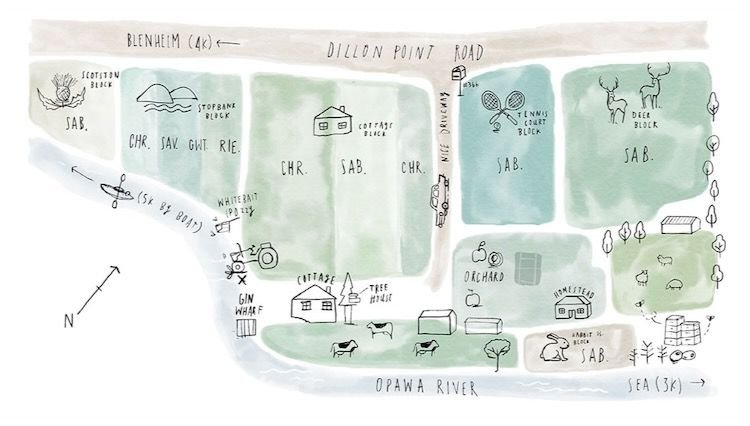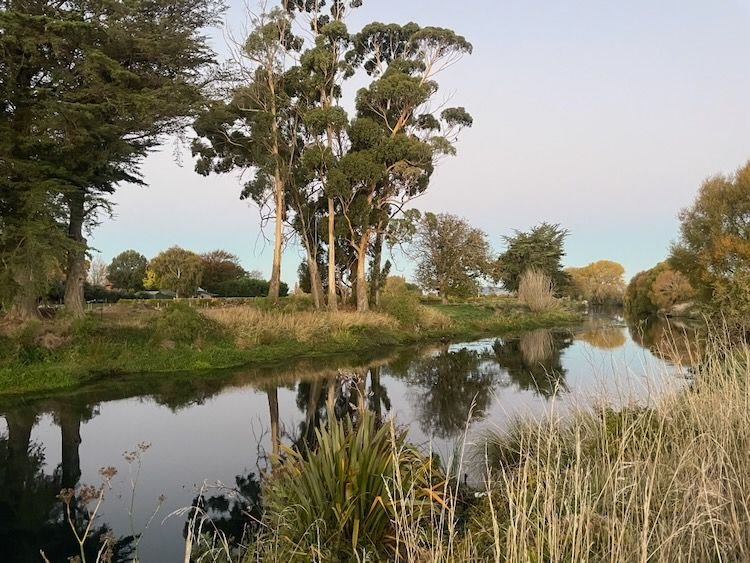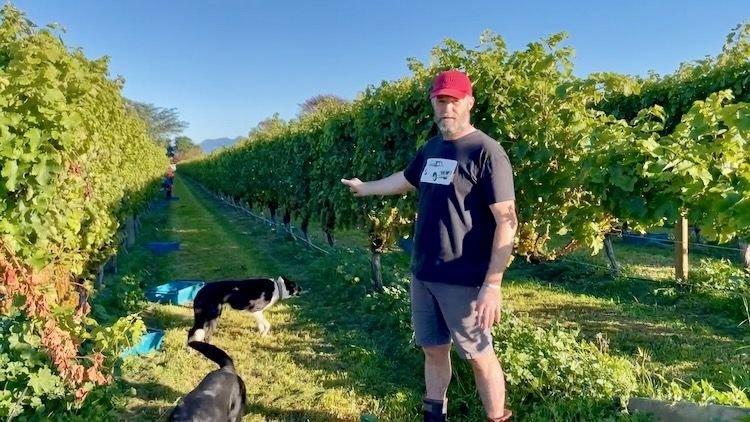A complex white wine made by one of the most experienced winemakers in Marlborough using his freedom and an unusual block of vines to explore a road less travelled.
Tasting the highly distinctive Zephyr MKIII Sauvignon Blanc in London earlier this month drew me to Ben Glover’s family estate in Marlborough, New Zealand. It’s a wine Glover describes as ‘disruptive’ and it grabbed my attention, standing out from the many more conventional Sauvignons shown that day.
The Glover name is well established in Marlborough. Ben’s parents settled on the family dairy farm when they got married but it seems milk was not going to be a strong enough liquid to engage the next generation of Glovers. It was the realisation that none of their four children wanted to get up at 5 am to milk cows that prompted Owen and Wendy Glover to swap their Friesian herd for vines. In 1988, they were the second to plant grapes in Dillons Point, the most easterly subregion in Marlborough’s Wairau Valley.
The Glovers currently farm 34 ha (84 acres), of which 18 ha are certified organic (BioGro) with more in conversion; all should be certified by 2025. Zephyr, the top tier of the three brands that come under the overarching company Coterie, was launched in 2017. It’s named after the prevailing gentle breeze that moderates temperatures in the vines, described by Ben Glover as ‘Marlborough’s best-kept secret’ because they get bright, sunny days without intense heat. But it’s not just about the breeze: they are also rather keen on the Ford Zephyr car, which has its own page on their site, and MKIII, the name of their less-conventional Sauvignon Blanc, is another allusion to this iconic family sedan. (Coterie also operates an organic custom-crush facility in what used to be the Seresin winery.)
Members of the next generation already enjoying life on the farm
Before quitting the wide, fast lane and returning home in 2016, Ben made his name in some of the bigger and most well-known companies in the region, including Wither Hills, Lindauer, Huntaway and Corbans, ending up as group winemaker for Accolade Wines, New Zealand, where he sourced fruit from all over the country for their various brands. Ben’s father Owen looks after the Glover vineyards, his wife Susie is a teacher but squeezes in time in the Zephyr ‘back room’ (her email sign-off is Girl Friday), and his younger brother Jack, currently general manager for Accolade Wines NZ, is a director. [Most recently, I am told, director of Hill Smith Family Estate in Australia.]
One unusual thing about Zephyr is that all the wines in the range are sourced from the named, family-owned vineyards shown in the sketch above. Just 3 km (less than 2 miles) from the sea, they have been made fertile by deposits from the Opawa River – still tidal as it flows past the estate – that forms the southern boundary, silty loam closer to the river with more clay loam moving north and away from the river. The vineyards are also sheltered from harsh weather from the south by the nearby Wither Hills.
Mk III Sauvignon Blanc is a wine that Glover has been ‘playing with’ since 2013. He explained in an email that he wanted to find a way ‘to allow Sauvignon Blanc to move away from the “greens” into the “yellows and whites” and deliver an exceptional palate sensation – rather than seduce with NZ Sauvignon aromatics first ... The intent is to make a white wine with superb versatility to all foods.’
Looking north from the south bank of the Opawa River towards the Rabbit Island block
The grapes come from the 1.5-ha (3.7-acre) Rabbit Island block, planted in 2006 and named after the rabbits that did so much damage to the growing tips when the vines were first planted – until Hogan the Wirehaired Pointer started to discourage them. It’s in conversion to organic farming and is unusual in that the rows run east–west not north–south because of the shape of the block. The north side of the rows gets far more sunshine and riper grapes than the south side, producing fruit that suits the style of wine Glover is looking for in MKIII.
Glover points to the sunnier north side of the rows being hand-harvested









